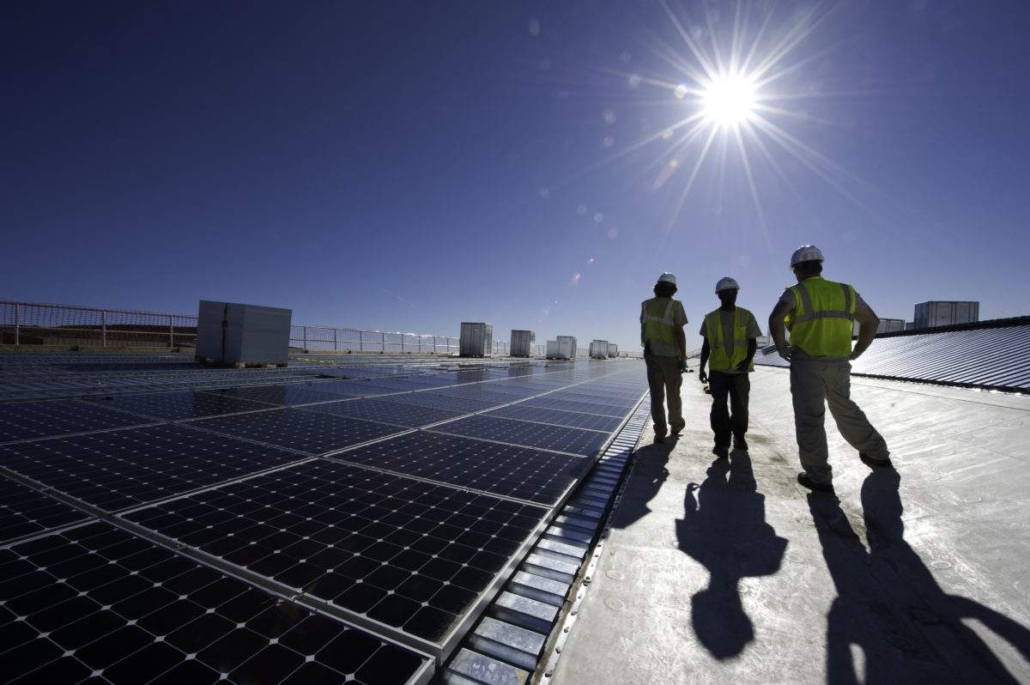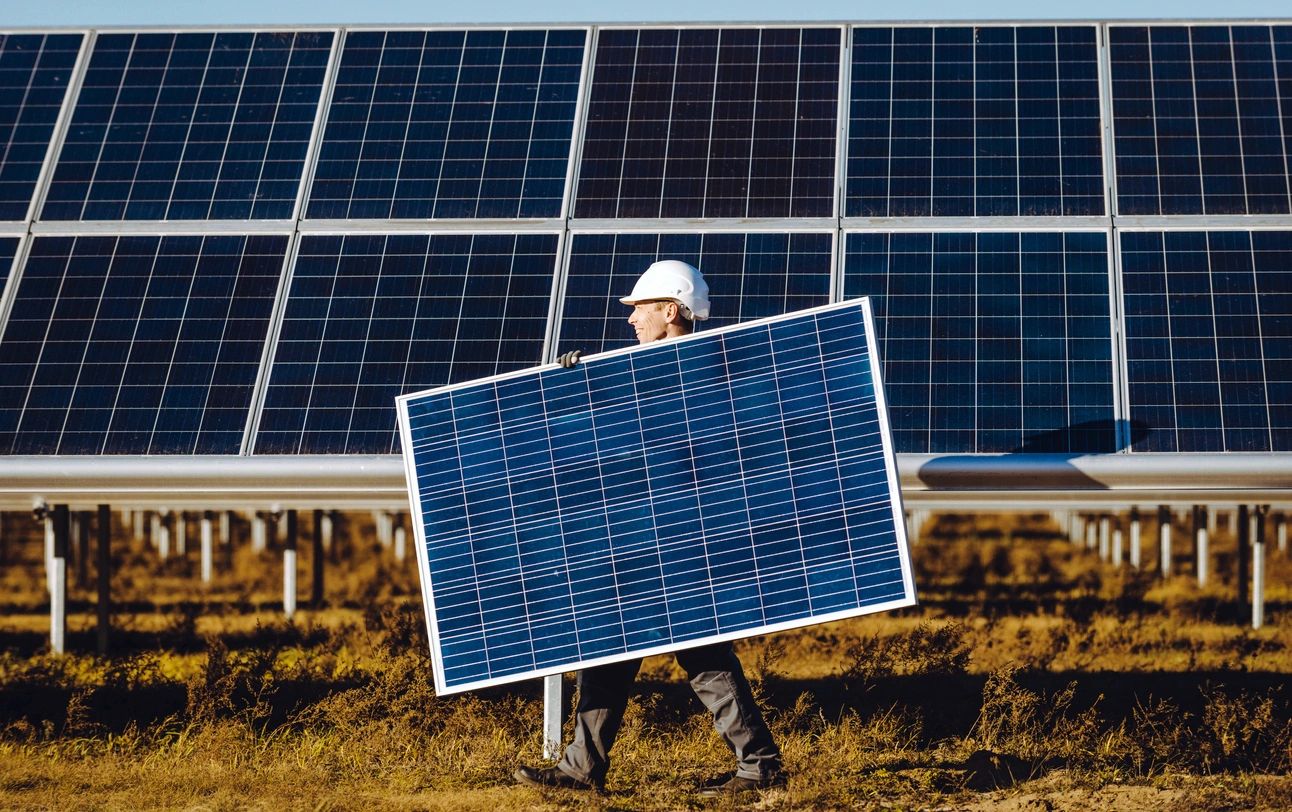To fund solar and energy storage projects, developers must first clear a lender’s bankability hurdle. In this context, bankability is directly related to investor confidence and the perceived risk associated with project returns. Due diligence conducted by an independent engineer (IE) is a particularly critical phase-gate—one that can make or break a project. Solar and energy storage projects that go in front of a financier and the lender’s IE before the designs are fully baked run the risk of getting picked apart and failing to receive funding.
Engaging an owner’s engineer (OE) to pre-screen development designs is the best defense against potentially painful delays and rework or project-killing IE findings. Conceptually, a financial review is not dissimilar to a legal case. A skilled and experienced lawyer would never argue an important case in front of a judge or jury without first conducting a mock trial. Similarly, a savvy project developer should not subject designs to a lender’s due diligence without first having an OE conduct a mock trial to vet the project.
Here, I review the most common reasons that development designs fall short during a bankability assessment and elaborate on the value provided by upfront OE vetting.
Technology Selection and Qualification
Given that solar power assets have an operating life measured in decades, product quality and reliability are very important to investors. Most importantly, developers must be able to back reliability and performance claims with data.

Courtesy NREL
Look beyond first costs. When financing a project, lenders need to have confidence that the project design is based on technologies that will stand the test of time over the expected life of the project. While cost per watt is an important input to an economic model, cutting upfront costs at the expense of long-term value is a losing proposition. Remember that cost per watt is a one-time cost, whereas the loss of energy production is a cost that will last 30+ years. Failures can erode project value, increase operational costs and reduce energy production. Given the rapid rate of innovation in the solar industry, it is important to have substantive experience with the technologies in play, as vendor selection and product specification will go a long way to determine a project’s risk profile. Be wary of manufacturers offering legacy technologies at fire-sale prices, as this is sometimes a red flag that a failing manufacturer has entered a death spiral.
Prove it or lose it. Qualifying a new vendor or technology is particularly challenging in the context of an investment-grade asset. It is easy to be swayed by claims that a new product or technology can provide impressive in-field energy gains. During an IE review, performance claims do not carry water—even if the reviewer agrees with your position in principle—in the absence of supporting data. Unless you can demonstrate expected performance gains in a bankable way, you will never get far enough down that technology path to realize those gains—because the lender will not release funds for building the project. Trust, but verify with supporting data.
Performance Model Review and Validation
In my experience, the performance model—and by extension, the financial model that it informs—is the root cause of most problems during IE review. These problems typically stem from limitations with the model itself or unrealistic expectations.
Work within the limits of the model. The project performance model cannot correlate all aspects of a project design. If we imagine, for example, a PV system installed using dual-axis trackers on a south-facing slope. In this scenario, I can model the gains associated with dual-axis tracking only; alternately, I can model the gains associated with an installation on a south-facing hill. Due to limitations of the PVsyst model, however, I cannot model the gains associated with both dual-axis trackers and a south-facing slope. Some systems will qualify for real-world entitlements upon which you simply cannot rely financially because you cannot reliably demonstrate these effects.
Set realistic expectations. When a project is developed, stakeholders often use the design and the performance model interchangeably as tools. For example, the engineering team will come up with a base design; model its expected performance; change some aspect of the base design; model the performance of the revised design; compare the performance of the two designs; and, fine-tune the design over multiple iterations depending on whether the relative performance is better or worse. While this iterative process is useful for optimizing a project’s design, this cause-effect analysis does not take bankability into account.
As part of a bankability analysis, a lender’s IE will consider the performance impacts of variables that nominally fall outside the project design optimization, especially those that impact solar irradiance. These considerations include soiling losses, probabilistic analyses of weather files and uptime availability. Stacking these losses might reduce the output of the production model by multiple percentage points. For a system that is barely meeting margins, a percentage point of loss could suddenly result in a design that not only falls short of expectations but also below the lender’s safety net.

Engaging an OE Mitigates Risk and Ensures Margins
Lenders typically bring in an IE at the point at which they are about to begin cutting checks, which could be as late as the 30% design stage. While developers typically have not incurred any material expenses at this point, the accrued engineering expenses are significant. This far down the road, the last thing a developer wants is to have to walk away from a funding request empty-handed and chalk the loss up to a learning experience.
The best way to mitigate project risk and preserve margins is to engage an Owner's Engineer to pre-screen project designs and production models in advance of the lender’s due diligence. When Pure Power is engaged as an Owner's Engineer, we will uncover many of the red flags that cause lenders to deny projects funding. Moreover, we will ensure that the project model overshoots the financier’s minimum requirements. This analytical and conservative approach ensures that there is enough margin in the detailed design that any real-world erosions—such as unexpected array exclusion areas—do not sink your project cash flows.
.png)
